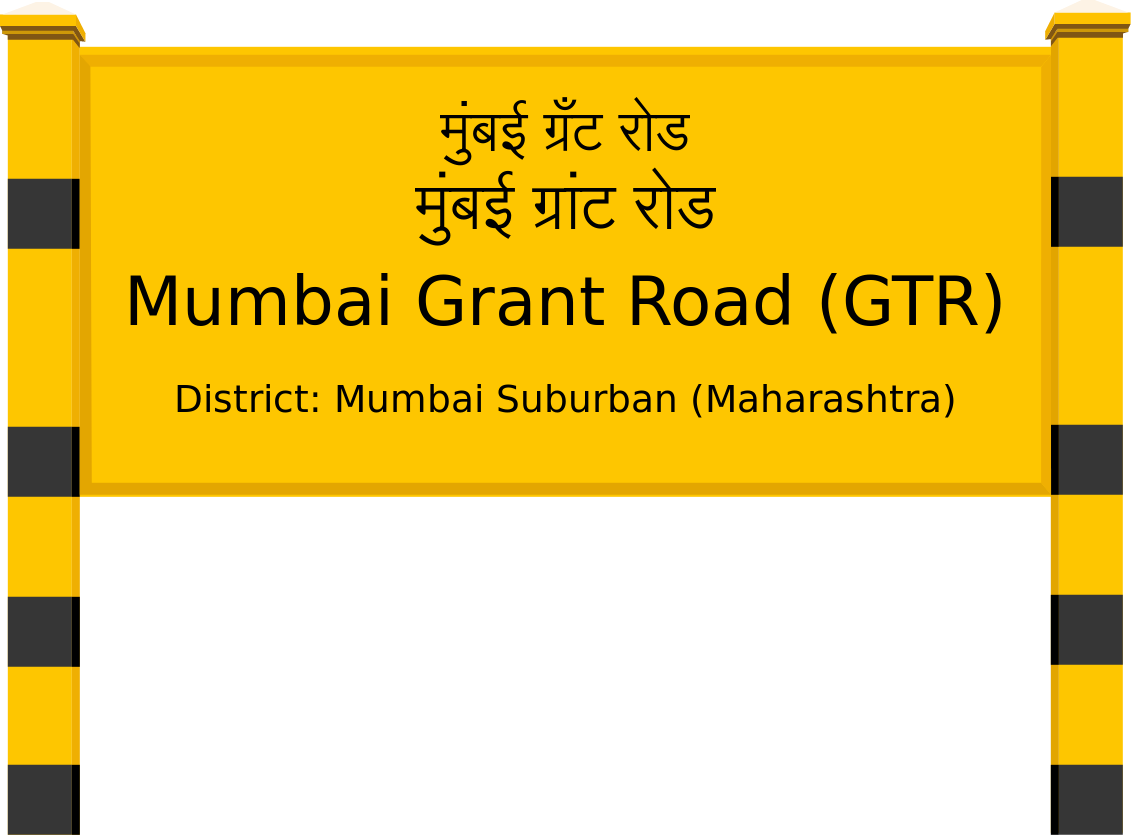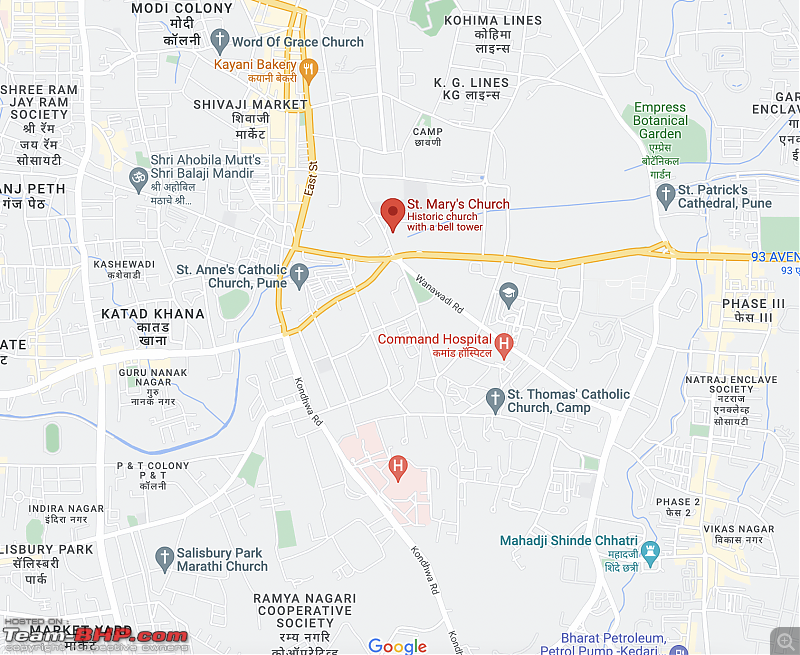ROBERT GRANT=BOMBAY GOVERNOR
Robert Grant (MP)


Sir Robert Grant GCH (1779 – 9 July 1838) was an Anglo-Indian lawyer and politician. He was born in Bengal, India in 1779. His family relocated to England in 1790.
He studied law at Magdalene College, Cambridge, and in 1807 passed the bar. He became a Commissioner in Bankruptcy. Between 1818 and 1832, he was an elected member of Parliament for several different Burghs.[1]
On 11, August 1829, in Inverness-shire Grant married Margaret Davidson, daughter of Sir David Davidson.[2] They had four children, two daughters and two sons. Grant died in Dapodi, near Poona, India in 1838.
Life[edit]
Robert Grant was born in India, the second son of Charles Grant, chairman of the Directors of the Honourable East India Company, and younger brother of Charles Grant, later Lord Glenelg. After arriving in Britain with their father in 1790, the two brothers were entered as students of Magdalene College, Cambridge, in 1795. In 1801 Charles was fourth wrangler and senior Chancellor's medallist; Robert was third wrangler and second Chancellor's medallist.[3]
Grant was called to the bar the same day as his brother, 30 January 1807, and entered into legal practice, becoming King's Sergeant in the Court of the Duchy of Lancaster, and one of the Commissioners in Bankruptcy. He was elected Member of Parliament for the Elgin Burghs in 1818, and for the Inverness Burghs in 1826. The latter constituency he represented for four years. In 1830 and 1831, he was returned for Norwich, and in 1832 for Finsbury. He advocated for the removal of the disabilities of the Jews, and twice carried bills on the subject through the House of Commons. They were, however, rejected in the Upper House, which did not yield on the question until 1858, twenty years after Grant's death. In 1832 he became Judge Advocate General, and in 1834 was appointed Governor of Bombay. As governor, Grant was a law unto himself and under his rule a multitude of large-scale projects were pushed forward which were to transform the shape of British policy in the East. He was a key player in the decision to occupy Aden, which was carried out shortly after his death.[4]
He died at Dapodi, near Poona on 9 July 1838.[5] His remains are housed in the St. Mary's Church, Poona.[6]
Works[edit]
In his younger days, Grant published an essay on the trade and government of India, and a sketch of the early history of the British East India Company. He was the author of a volume of sacred poems, which was edited and published after his death by his brother, Lord Glenelg. This volume includes some hymns; his best known hymn is "O Worship the King", based on Psalm 104.[7] Additional hymns include "Saviour, when in dust to thee"[8] and "Confidence in God."[9]
Legacy[edit]
Grant Medical College, the oldest medical college in Mumbai, India, is named after Robert Grant, as are Grant Road and Grant Road Station in the same city.
Family[edit]
Grant married Margaret, only daughter of Sir David Davidson of Cantray, with issue two sons and two daughters:
- Sir Charles Grant, K.C.S.I, formerly a Member of Council in India;
- Colonel Robert Grant, R.E., Deputy Adjutant General;
- Sibylla Sophia, married to Granville Ryder, Esq.; and
- Constance Charemile, who died in childhood.
Ten years after his death, Margaret married Josceline Percy, second son of the Earl of Beverley, with issue one son, George Algernon, born in 1849, who later became Ca
Grant Medical College in the Illustrated London News, 8 October 1859, print from a photograph by H. Hinton.
| Mumbai Suburban Railway station | |||||||||||
 | |||||||||||
| General information | |||||||||||
| Coordinates | 18.9634°N 72.8161°E | ||||||||||
| Owned by | Ministry of Railways, Indian Railways | ||||||||||
| Line(s) | Western Line | ||||||||||
| Platforms | 4 | ||||||||||
| Tracks | 4 | ||||||||||
| Construction | |||||||||||
| Structure type | Standard on-ground station | ||||||||||
| Other information | |||||||||||
| Status | Active | ||||||||||
| Station code | GTR | ||||||||||
| Fare zone | Western Railways | ||||||||||
| History | |||||||||||
| Electrified | Yes | ||||||||||
| Services | |||||||||||
| |||||||||||
| |||||||||||
| |||||||||||
Grant Road Railway Station British Era Bombay, 1870 Photo

An 1870 photo of Grant Road Railway Station in British-era Bombay (Mumbai). Established in 1859, the Grant Road Station was the first terminus of the Bombay Baroda & Central India Railway (BB & CI). It connected with Surat in Gujarat in 1864. Later the line was extended to Churchgate in 1870 and then to Colaba in 1873.
However, the Colaba Terminus Station Station was closed down in 1930 in view of upcoming reclamation work. Thus Churchgate became the new Terminus from 1930 onwards. After 1870 railway development was rapid. Although the Bombay, Baroda & Central India Railway (BB & CI) came into existence in 1860.
They extended their railway lines in western India. Partly by creating new lines and partly by acquiring lines run by the Indian Princely States or built in cooperation with them. It opened up two new direct lines to Delhi, one via Surat, Baroda, and Ratlam. And the other via Ahmedabad and Ajmer through Rajputana (chiefly Rajasthan). Grant Road Railway Station was named after Robert Grant, Governor of Bombay from 1835 to 1839. The BB & CI is now the Western Railway.
Did you know – that in 1865, a suburban service began to operate between Grant Road and Bassein Road (now Vasai Road).
Past posts – Rural Life In India Watercolour Painting By N. Mukherjee., Taj Mahal Disguised In WWII Bombing, 2 Photos 1942 ., Dhondy Road Deolali – Old Postcard 1900., Governor’s Departure From Madras To Calcutta, 1912.
Grant Road Railway Station
Grant Road Railway Station


Grades of Stations
Based on unique long distance trains in a week
| A+ | Greater than 200 |
| A | 100-200 trains |
| B | 50-100 trains |
| C | 20-50 trains |
| D | 2-20 trains |
| E | < 2 trains |
| O | Zero trains |
St. Mary's Church is a very old institution. It is so old, that it's also known as the Mother Church of Deccan. The foundation stone was laid down in 1825 by one Reginald Heber who was the Bishop of Calcutta who, probably after seeing the design plans, described it as spacious but in bad architectural taste. The actual construction work was done by Lieut.Nash of the East India Company’s Engineers.

This is how it looked in 1870

Since it was built by the British as a garrison Church, it's located in the cantonment, which by definition is a British military area. Today of course, this area is the HQ of the Southern Command of the Indian armed forces.








